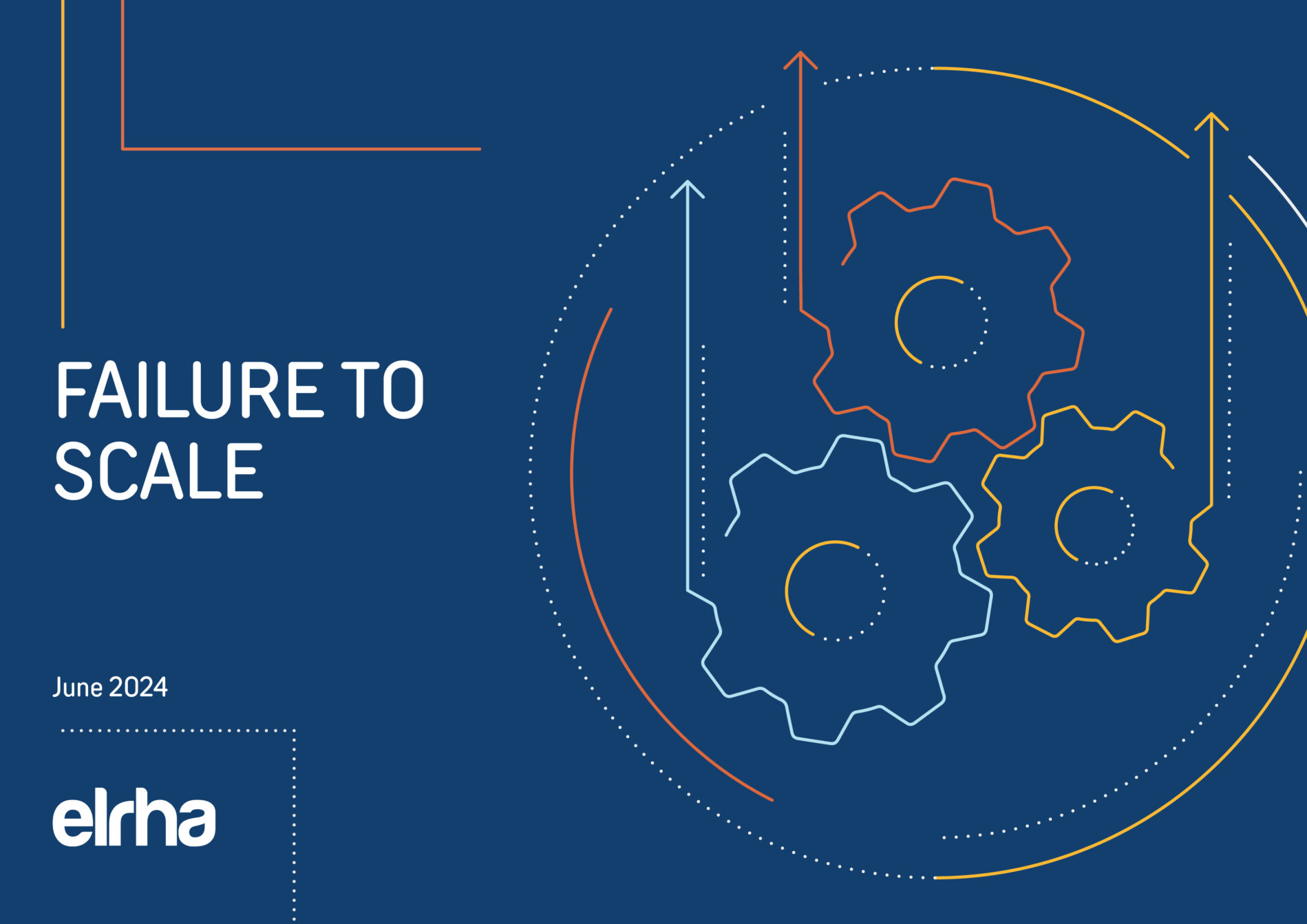Clinical and Biochemical Markers of Risk in Uncomplicated Severe Acute Malnutrition

Use of mid–upper arm circumference (MUAC) as a single screening tool for severe acute malnutrition (SAM) assumes that children with a low weight-for-height z score (WHZ) and normal MUAC have lower risks of morbidity and mortality. However, the pathophysiology and functional severity associated with different anthropometric phenotypes of SAM have never been well characterized. Action Contre La Faim France (ACF) compared clinical characteristics, biochemical features, and health and nutrition histories of nonedematous children with SAM who had (1) low WHZ only, (2) both low WHZ and low MUAC, or (3) low MUAC only.
Working in Bangladesh, Burkina Faso, and Liberia, ACF conducted a multicentric cohort study in uncomplicated, nonedematous children with SAM and low MUAC only (n = 161), low WHZ only (n = 138), or a combination of low MUAC and low WHZ (n = 152). Alongside routine anthropometric measurements, we collected a wide range of critical indicators of clinical and nutritional status and viability; these included serum leptin, an adipocytokine negatively associated with mortality risk in SAM.